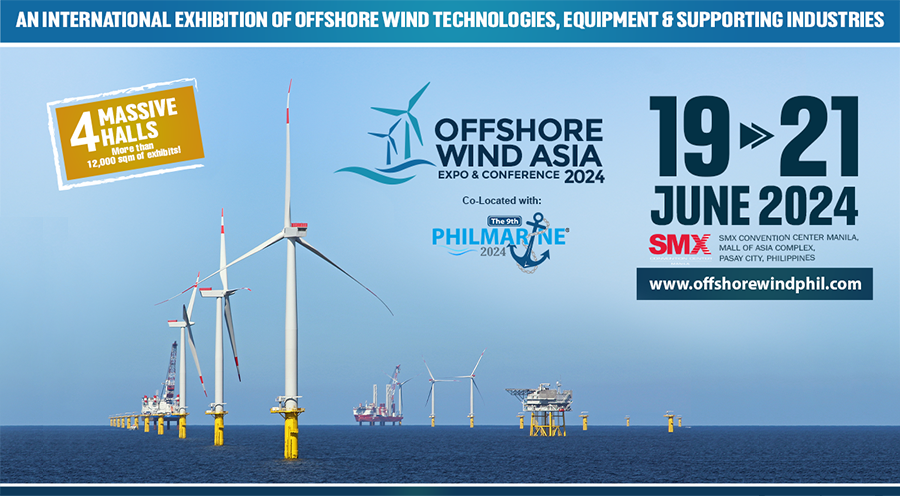The World Bank is expecting to see an increase in flow of fundings in projects in liquefied natural gas (LNG) and renewable energy (RE) in the near to long-term future investments.
“LNG will remain to have a lot of space in energy financing as gas demand increases in Asia. LNG will play a key role as the cost of gas comes down substantially, so I see LNG financing going up,” regional director of the World Bank’s Infrastructure Department in East and the Pacific region Ranjit Lamech was quoted in a Manila Bulletin report.
The RE sector is also seen to take a huge chunk of energy funding.
“Renewables has been accelerating for quite a while and that will continue,” Lamech noted.
However, Lamech also mentioned that there are possible challenges when it comes to financing RE projects due to technology costs, specifically solar and wind installations.
“One issue that is emerging with the financing of renewables — where banks and institutions like ourselves are often challenged to increase the level of the financing — is because of risks on the asset side,” he stressed.
For instance, a bank may be extending funding for a solar project at seven to eight US cents at the project’s construction, and suddenly the cost of technology would go down to the level of three to four US cents.
Lamech also cited that governments or policymakers could exert pressure on developers to bring down energy costs without seriously considering the process before the approval and construction phase of such installations.
“So the technology risk – from a consumer perspective it’s good for the world in general. But oftentimes, these pose challenges on the collateral and technology risks side. This is an issue that concerns us, along with all the other banks, whether we can continue financing these assets — so that’s an important factor to consider,” the World Bank executive noted.
Electrification ventures in many remote areas in Asia will be cornering funding for projects as well as technical assistance. These countries include Cambodia, Myanmar, Vietnam, and the Philippines.
“In terms of growth on energy financing, a couple of Southeast Asian countries still need access to electrification financing – whether you are Myanmar, countries in the Pacific Island or other countries like Vietnam or the Philippines,” he said.
The distribution sector of the power industry is also perceived to be having its share of the funding being given to the energy sector.
“Financing in distribution is going to scale up because people deserve valuable service. That is not just a very popular side, many people don’t talk about it but their loads are increasing,”Lamech added.


